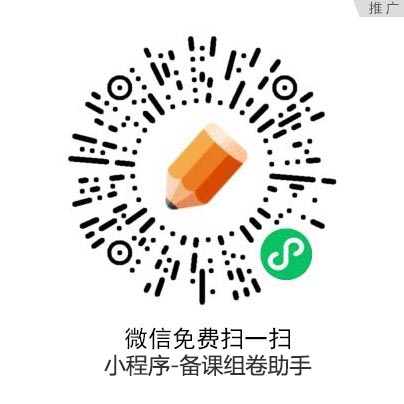试题详情
阅读理解
When trash sculptor Stephani e Hongo meets friends for drinks or dinner, it's not unusual for one of them to hand her shopping bags full of lids, empty soap bottles, and even a Barbie leg or two. By now, she's used to neighbors, friends and even strangers giving her their recyclable rejects.
But Hongo doesn't need any more garbage. She has a large collection of her own at home. "You don't need to be a trash picker to do this, " she says. "Trash is everywhere. " And for Hongo, where there is trash, there is art. Since 2017, Hongo has crafted complex sea creatures, realistic-looking jungle animals and other creatures out of everything from plastic forks to plastic tubing as well as a hair dryer, a purse, a tooth brush, and even a hair straightener.
Starting with her first piece—a blue deer named Yandoo that she fashioned out of odds and ends laying around her flat, which she screwed together and spray painted in a makeshift basement art studio—she's gone on to create more than 160 trash sculptures.
"I feel very fortunate, " says Hongo, who loves making a living as an artist. "I care about our environment. The upcycling aspect of it is a lovely byproduct. " Though she doesn't consider herself a true eco-artist, she hopes she's inspiring others to reuse items that usually end up in landfills. But for her, she says, "The art comes first. "
Before starting each project, Hongo figures out exactly what pieces of scrap(废旧的)metal, tubing and plastics she'll need to transform the pile of junk on her worktable into something fantastic, like a majestic octopus(章鱼) rocketing through the coral or a cute koala hugging a tree.
Since her funky creations sell on line at prices starting at $400, she's been fortunate enough to make trash sculpting her full-time career. "It's so much more than I ever expected, " she says.
试题所涉知识点




